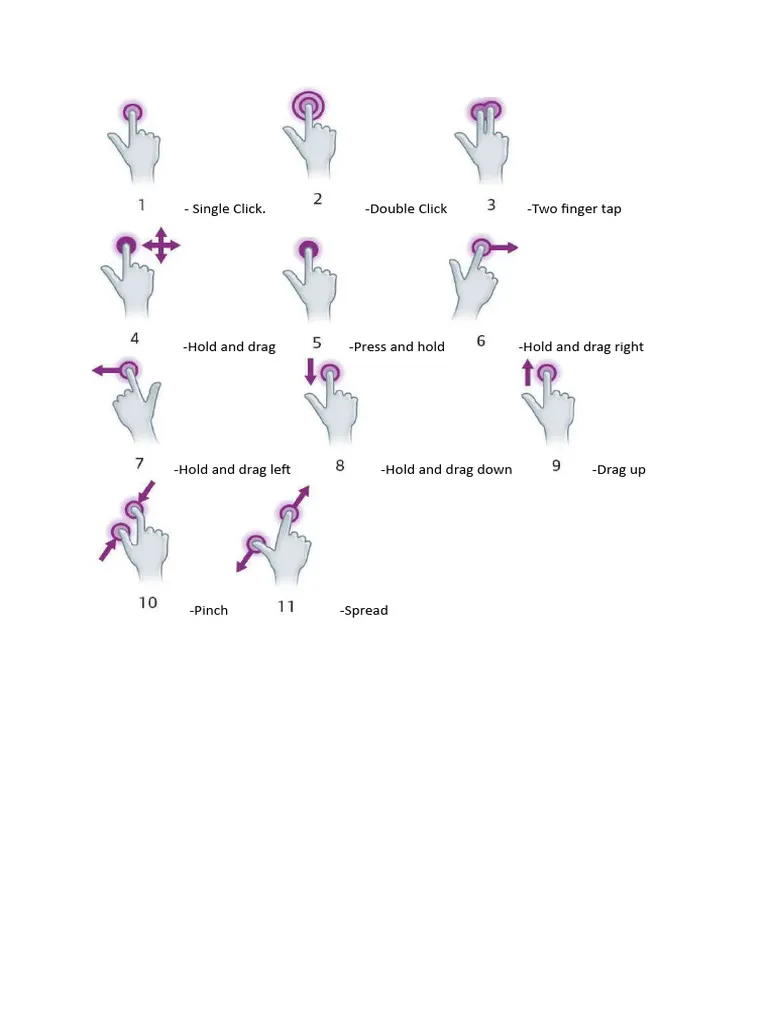
Navigating the keto diet with Diabetes: Tips and Tricks
Introduction
The ketogenic diet, or keto diet, has gained popularity in recent years for its potential health benefits, including weight loss and improved blood sugar control. For individuals with diabetes, the keto diet can be a powerful tool for managing the condition and reducing the risk of complications. However, navigating the keto diet with diabetes can be challenging, as it requires careful monitoring of blood sugar levels and adjustments to medication doses. In this article, we will explore some tips and tricks for successfully following the keto diet with diabetes, as well as address some frequently asked questions about this dietary approach.
What is the keto diet?
The ketogenic diet is a high-fat, low-carbohydrate diet that has been shown to be effective for weight loss, blood sugar control, and improving overall health. The goal of the keto diet is to induce a state of ketosis, in which the body uses fat for fuel instead of carbohydrates. This is achieved by drastically reducing carbohydrate intake and increasing fat consumption to 70-75% of total daily calories. Protein intake is moderate, at around 20-25% of total daily calories.
For individuals with diabetes, the keto diet can help improve insulin sensitivity, reduce blood sugar levels, and lower the risk of complications associated with the condition. However, it is important to consult with a healthcare provider before starting the keto diet, as adjustments to medication doses may be necessary to prevent hypoglycemia.
Tips and Tricks for Navigating the keto diet with Diabetes
1. Monitor blood sugar levels regularly: One of the most important aspects of following the keto diet with diabetes is monitoring blood sugar levels regularly. This will help you identify any fluctuations in blood sugar levels and make adjustments to your diet or medication regimen as needed.
2. Stay hydrated: Dehydration can be a common side effect of the keto diet, as the body excretes more water when in ketosis. Make sure to drink plenty of water throughout the day to stay hydrated and prevent electrolyte imbalances.
3. Include fiber-rich foods: While the keto diet is low in carbohydrates, it is important to include fiber-rich foods in your diet to support digestive health and regulate blood sugar levels. Some good sources of fiber on the keto diet include leafy greens, nuts and seeds, and low-carb vegetables.
4. Choose healthy fats: The keto diet emphasizes consuming healthy fats, such as avocados, olive oil, and fatty fish. These fats can help improve cholesterol levels, reduce inflammation, and support overall health.
5. Be mindful of portion sizes: Even on the keto diet, it is important to be mindful of portion sizes to prevent overeating and promote weight loss. Use measuring cups or a food scale to ensure you are consuming the appropriate amount of fats, proteins, and carbohydrates.
6. Work with a healthcare provider: Before starting the keto diet with diabetes, it is important to consult with a healthcare provider, such as a registered dietitian or endocrinologist, to ensure it is safe for you and to make any necessary adjustments to your medication regimen.
Frequently Asked Questions
Q: Can the keto diet help with weight loss for individuals with diabetes?
A: Yes, the keto diet has been shown to be effective for weight loss in individuals with diabetes, as it promotes fat burning and reduces hunger cravings. However, it is important to monitor blood sugar levels regularly and work with a healthcare provider to ensure the diet is safe for you.
Q: Is the keto diet safe for individuals with type 1 diabetes?
A: The keto diet can be safe for individuals with type 1 diabetes, but it is important to work closely with a healthcare provider to monitor blood sugar levels and make adjustments to insulin doses as needed.
Q: What are some common side effects of the keto diet for individuals with diabetes?
A: Some common side effects of the keto diet for individuals with diabetes include dehydration, electrolyte imbalances, and changes in blood sugar levels. It is important to stay hydrated, eat fiber-rich foods, and monitor blood sugar levels regularly to prevent these side effects.
Q: How long does it take to see results from the keto diet for individuals with diabetes?
A: The timeline for seeing results from the keto diet can vary depending on the individual, but many people report experiencing improvements in blood sugar levels and weight loss within a few weeks of starting the diet. It is important to be patient and consistent with the diet to see long-term benefits.
Conclusion
The keto diet can be a powerful tool for managing diabetes and improving overall health. By following the tips and tricks outlined in this article, individuals with diabetes can successfully navigate the keto diet and reap the benefits of improved blood sugar control, weight loss, and reduced risk of complications. Remember to consult with a healthcare provider before starting the keto diet and to monitor blood sugar levels regularly to ensure the diet is safe and effective for you. With dedication and support, the keto diet can be a valuable tool in managing diabetes and promoting overall well-being.

